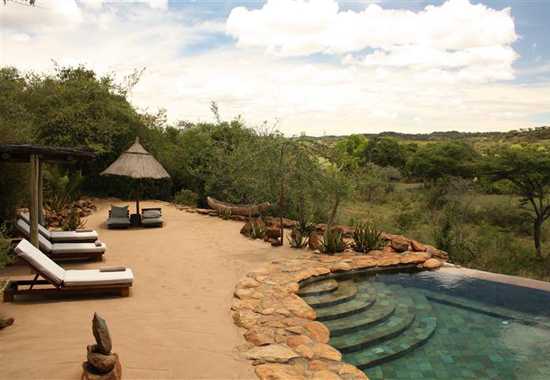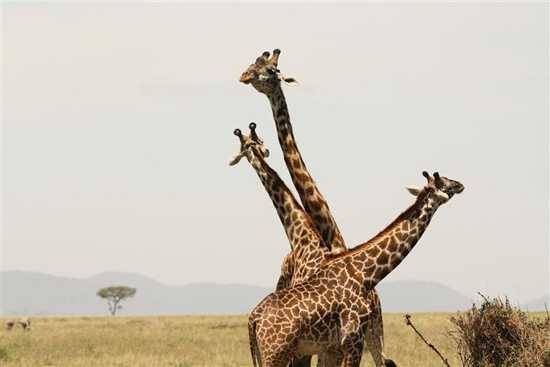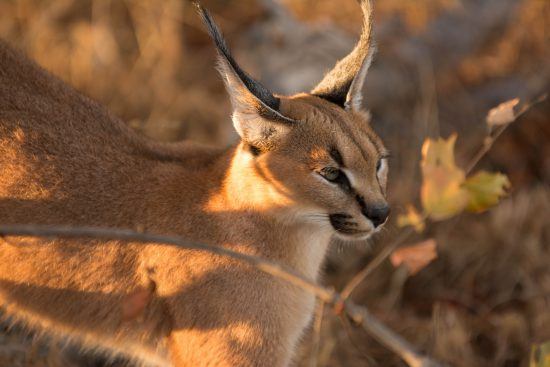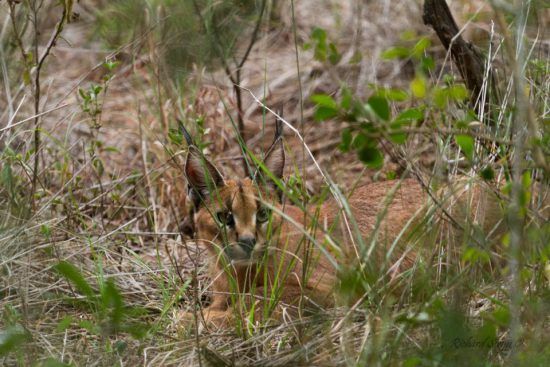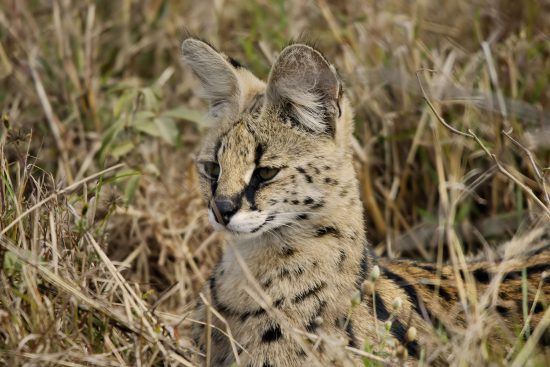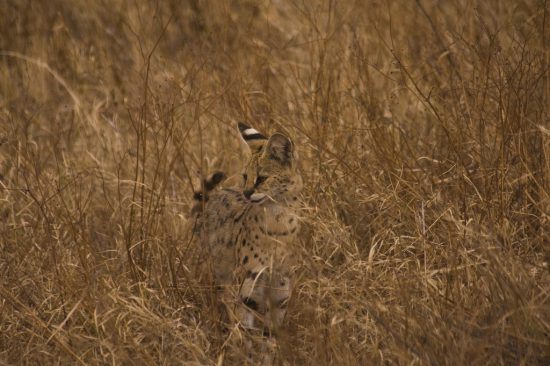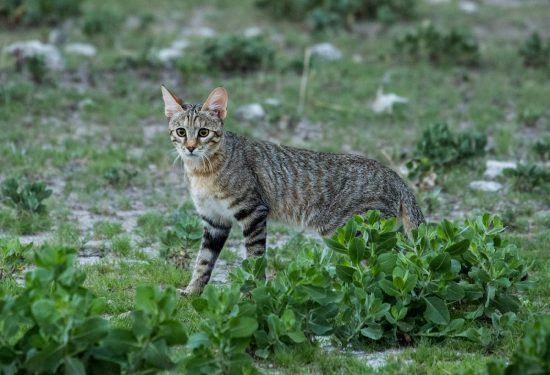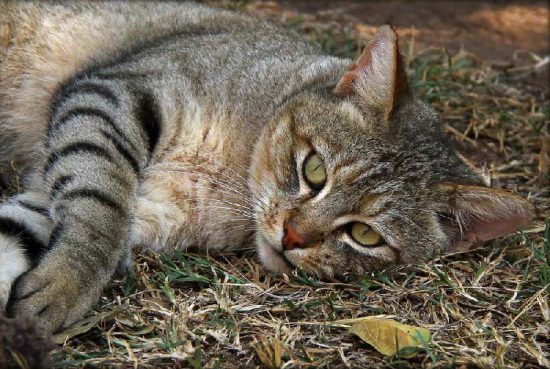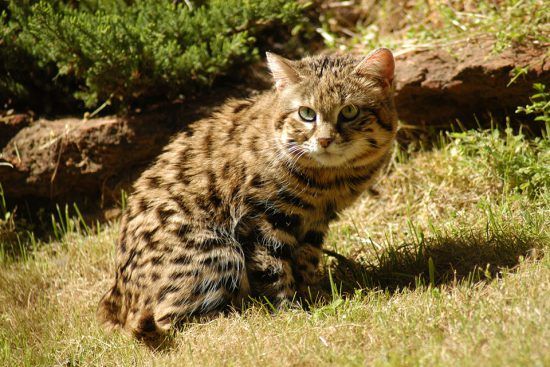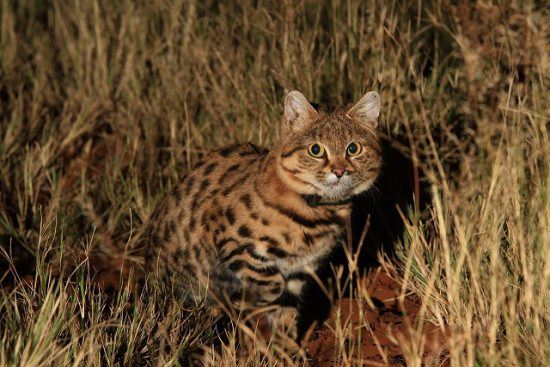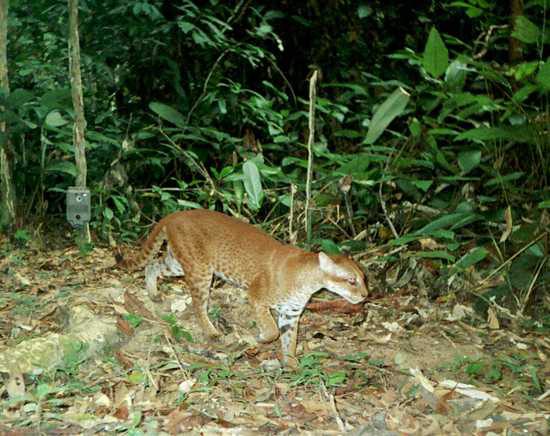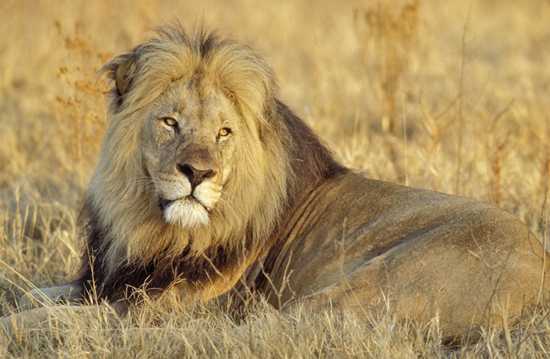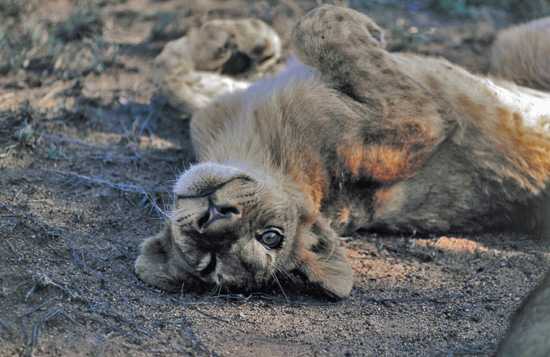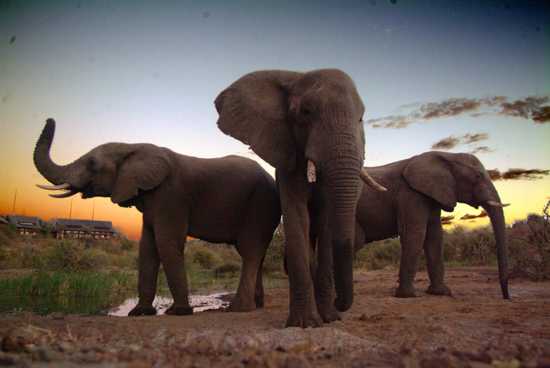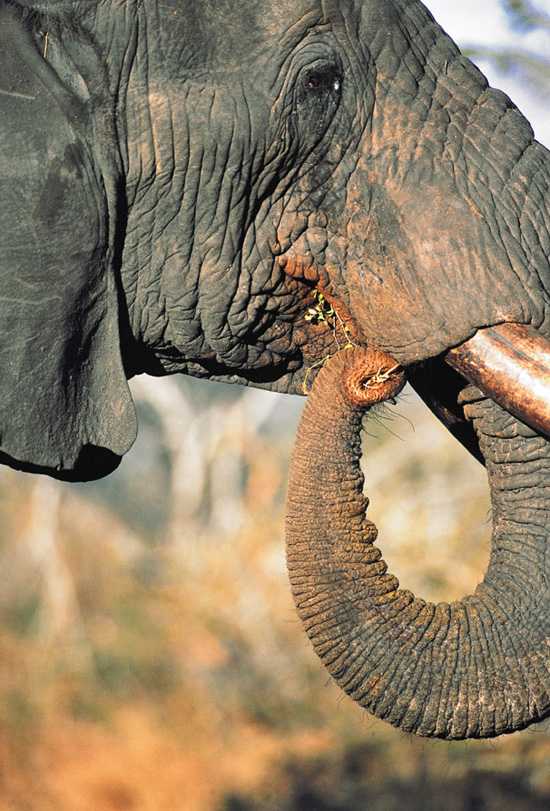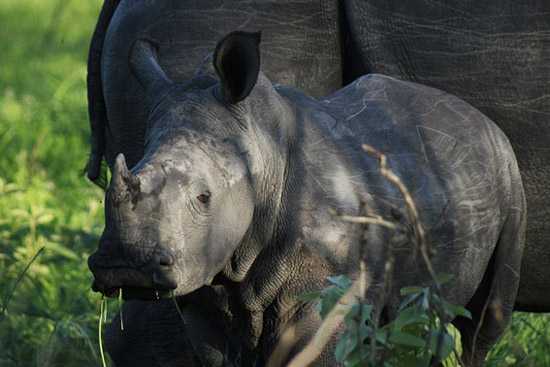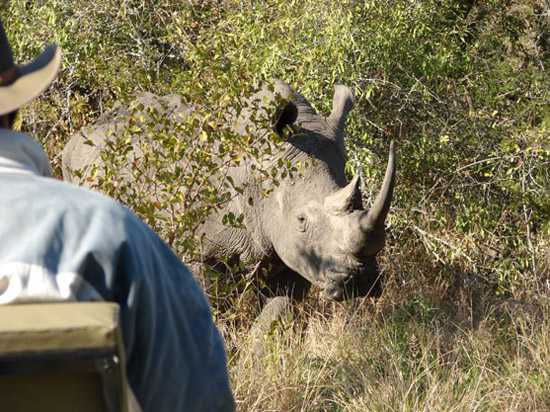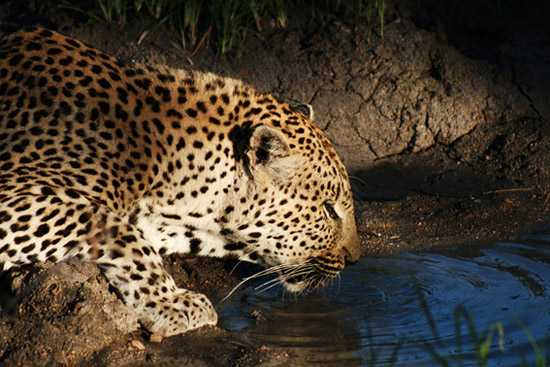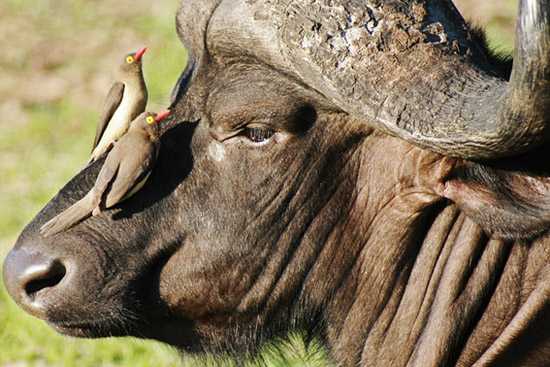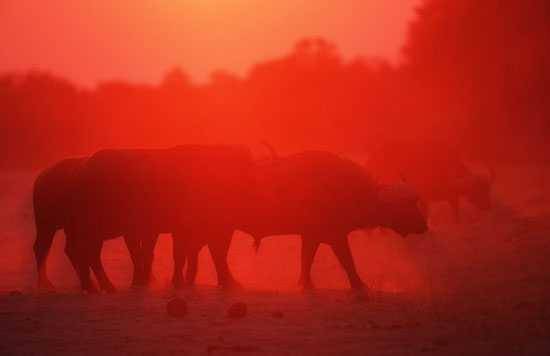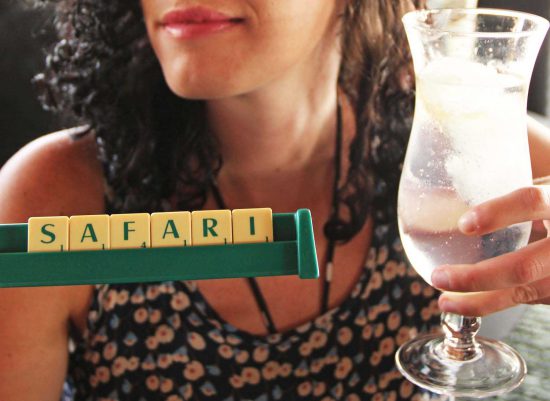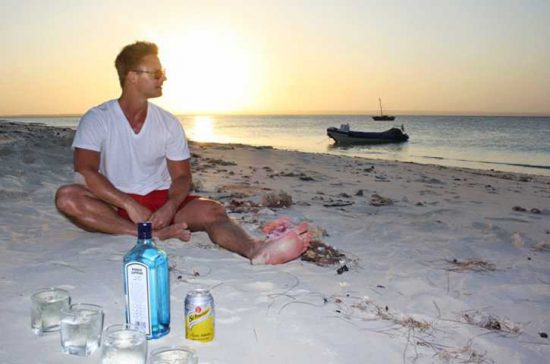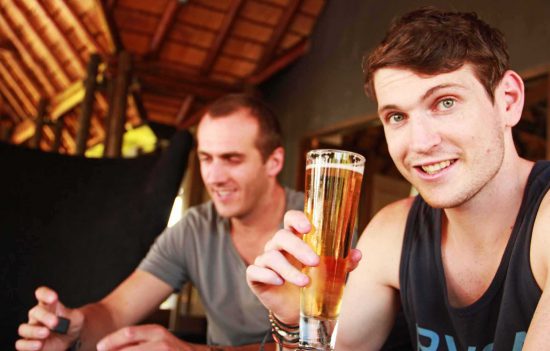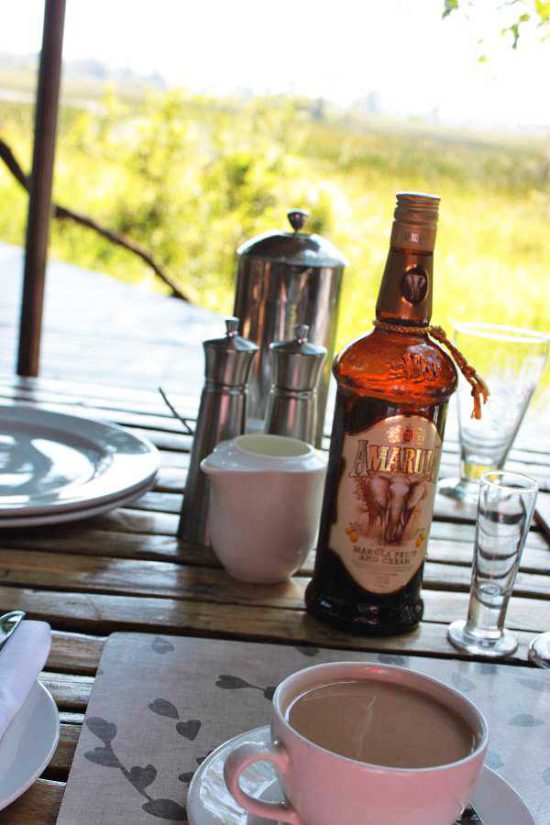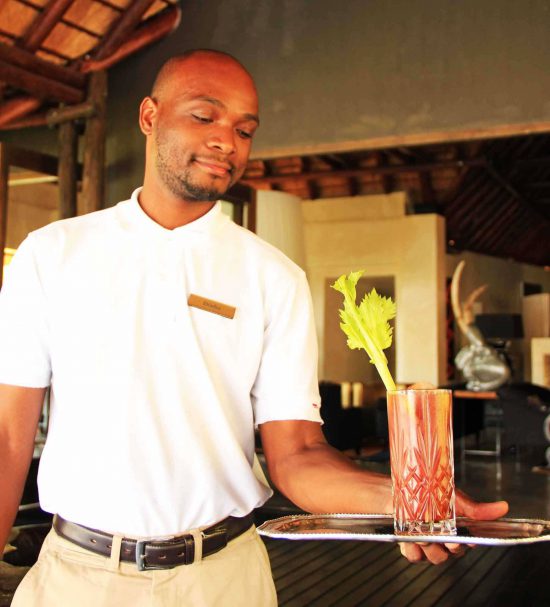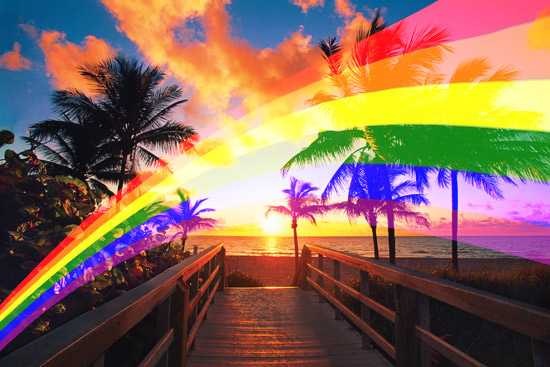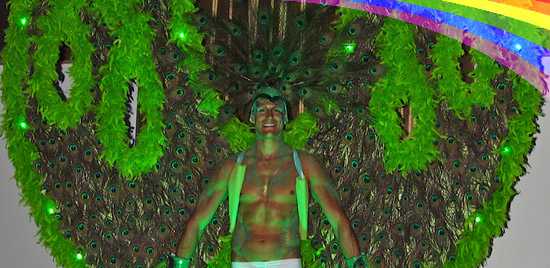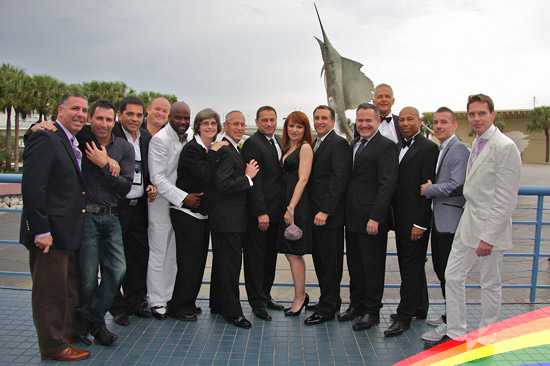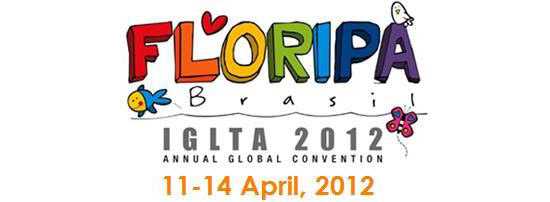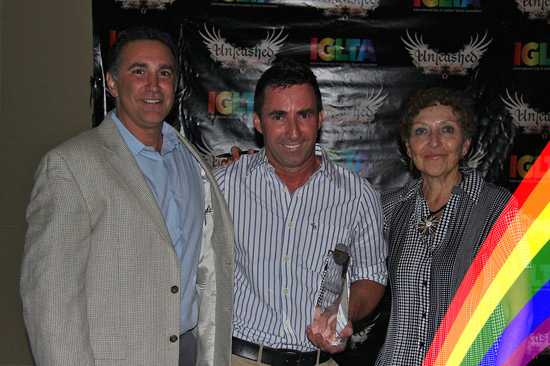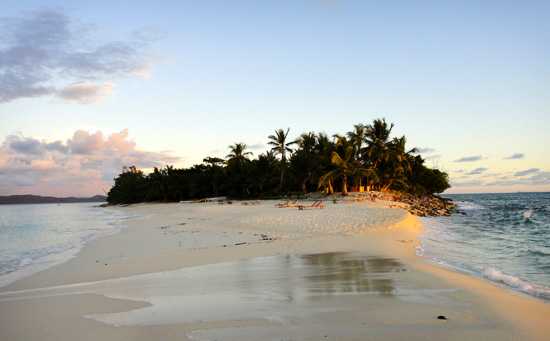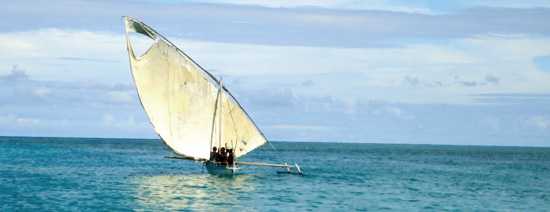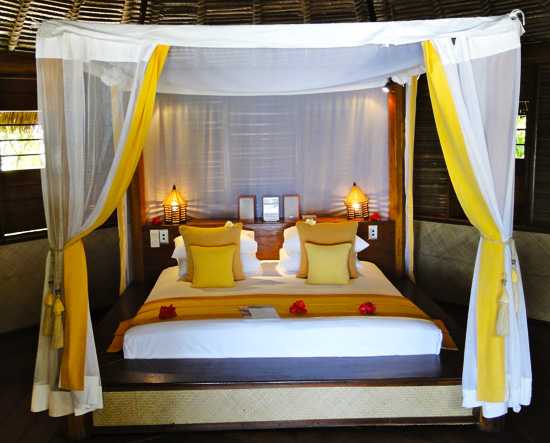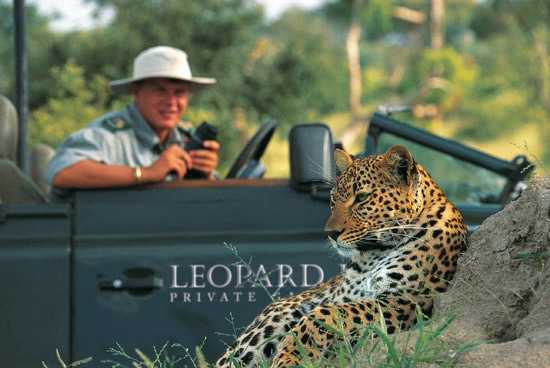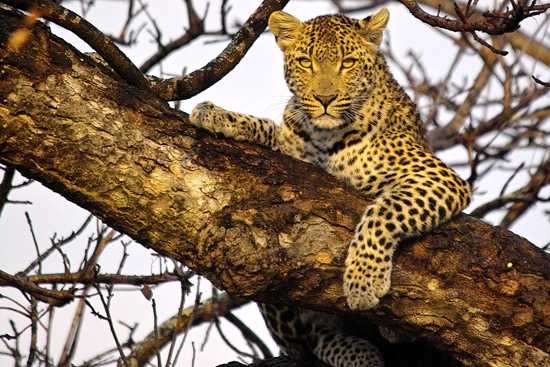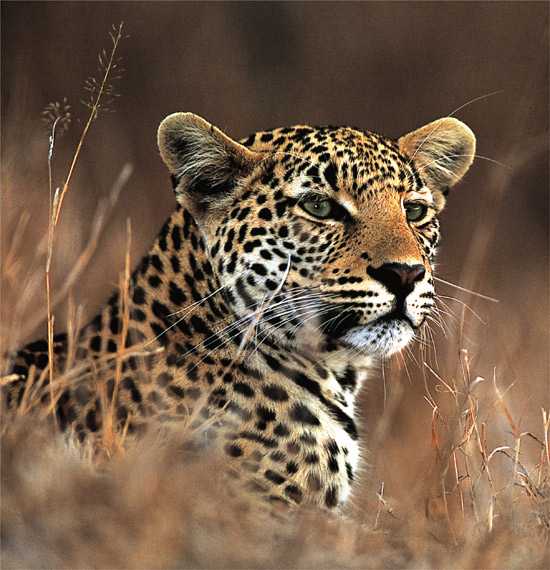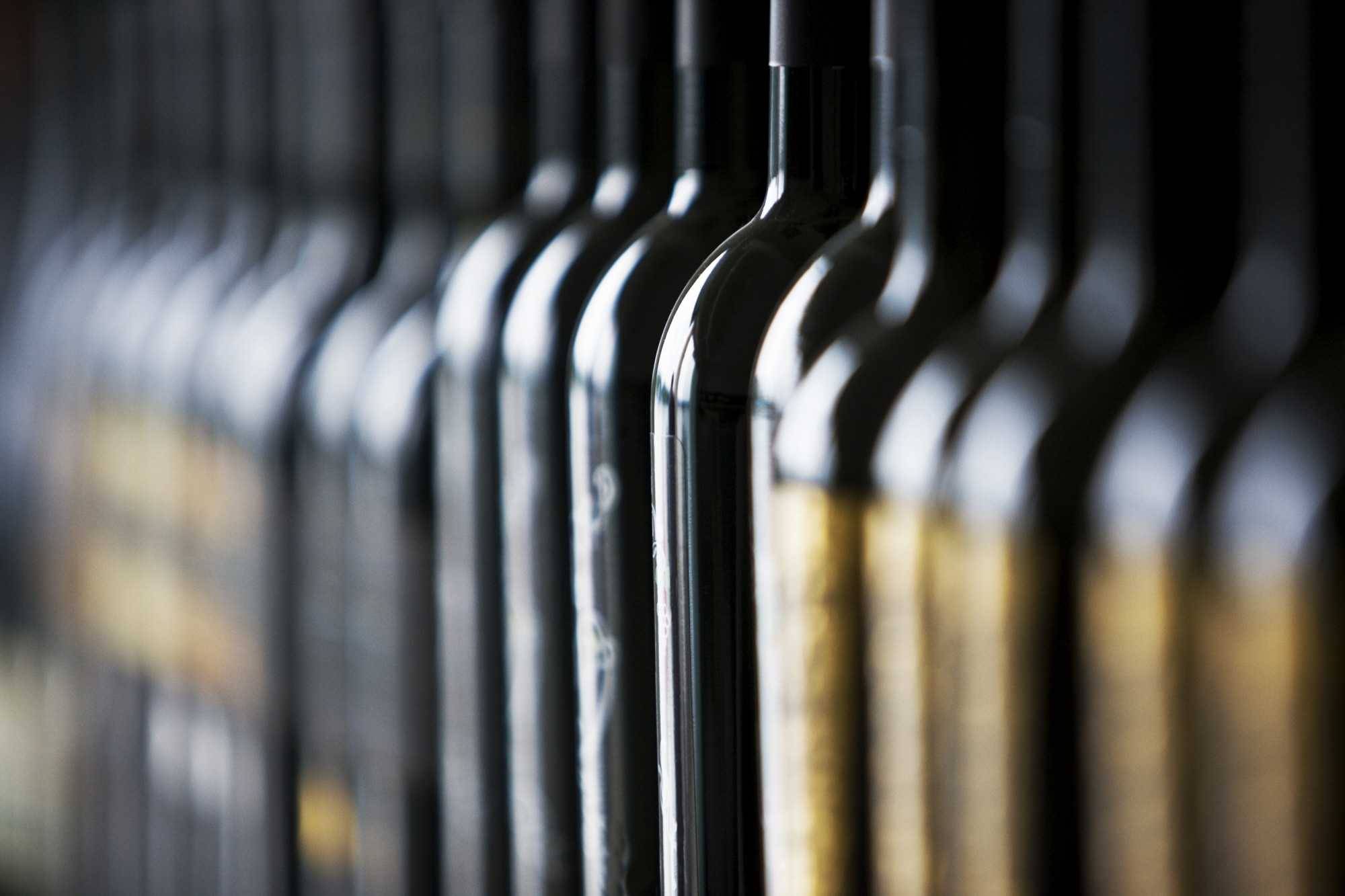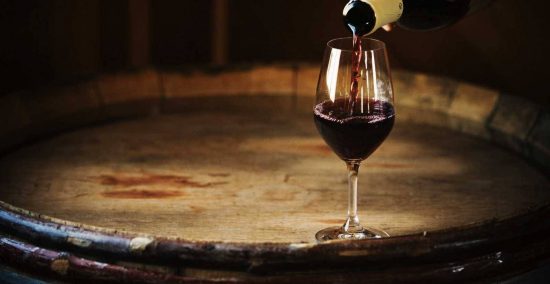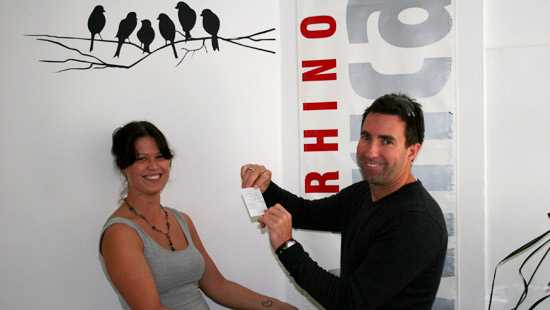[Have you read Part 1 and 2? Do it!]
Before heading to our final destination, Faru Faru Lodge, we popped into the site of Singita’s most recent mobile safari, Singita Explore. This is their exclusive-use mobile tented camp that operates all year round for a minimum of two nights and is always private to those who have booked the experience. As perhaps with Sabora, I struggle to call this sort of accommodation “tents” – as they are so superbly decked out, appointed with desk and chairs, and with comfortable looking beds, mosquito netting, proper-flushing toilets and shower – not the type of camping we all did when we were young, not by a long shot.
This is the type of experience you would be interested in if you want to feel like the only person alive, surrounded by wild animals and open spaces, vast unpolluted skies, with a small unobtrusive team available to tend to your every whim. In my opinion, I would best advise my clients to combine this Explore Mobile Safari with time at one of the other fabulous lodges to start and end a trip – ideal!
Our final port of call was the beautiful Faru Faru Lodge. Again, another completely unique lodge, which makes combining all 3 of Singita’s lodges very easy as they each offer something completely different. Faru Faru, hosted by the unflappable Anja, is a mix of contemporary pieces with laid back luxury in the form of two rim flow pools, a “beach in the bush” sun deck, and beautiful views of a watering hole in front of the lodge.
The lodge houses a spa, which I dutifully had to sample, and thanks to my therapist Pili, I am still relaxed! There is also a gym, which together with the spa has incredible views of the riverine forest; and a shop, kitted out with all that is local, handmade and glamorous. The suites here are among my favourites in the entire Singita collection. They are very contemporary, with neutrals prevailing to not vie for your attention.
The Suites allow the outside to feature as the main attraction as each room is sided completely by floor-to-ceiling glass so that the great outdoors can entertain the senses. And entertain me it did as I enjoyed watching Colobus monkeys play outside my room and Vervet monkeys look on whilst I utilised the suite and its massive outside shower. I decided to sit out on one game drive just to enjoy the comfort of this suite and get the most out of it for my last night at Singita.
Our last morning was spent enjoying a few stolen hours for a late morning wake up, a leisurely breakfast and bidding sad goodbyes before we headed on the game drive transfer to the airstrip for what turned into being a long day of flying.
A Final Word
When I sit down and read what I have already written, I am starkly aware that it has too many adjectives, but words cannot describe my experience. I am totally 100% enamoured and cannot fault a thing. You need to get there, even if you must move heaven and earth to make it happen, as this is an experience I feel should be on everyone’s bucket list, and as I have slowly come to realise, will surely be impossible for me to top personally.
About Singita
Located in Tanzania, Zimbabwe and South Africa, Singita Game Reserves set the bench-mark for opulent safari holidays. We have been working closely with Singita for years and we can’t wait for you to see the magic of these spectacular lodges. Singita (“place of miracles”) has notched up virtually every hotel and travel award since its inception in the mid-90’s. Nine bench-mark setting lodges make up the Singita portfolio. There are five in South Africa, three in Tanzania and one in Zimbabwe. In this blog we’ve focused on the untouched wilderness of the Singita Grumeti Reserve in northern Tanzania, which forms part of the Serengeti-Mara ecosystem, on the western corridor of the Serengeti National Park – Africa’s No.1 World Heritage Site.
We can help you plan an African trip of a lifetime – including Singita properties in Tanzania, Zimbabwe or South Africa, with excellent activities and other added extras. You deserve no less! Contact us and we’ll make it happen!






